
Investigations & Research
Investigations, Lake Flato’s Research & Development program, invites individuals and teams across the firm, regardless of discipline or experience level, to propose independent research projects that contribute to our firm’s collective knowledge. We apply learning from inside and outside our professional experience toward the goal of better integrating design and sustainability.
February 16, 2025
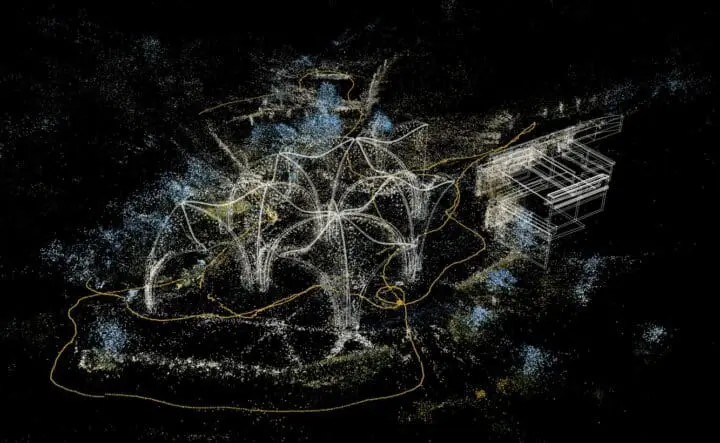
Fundamentally, we ask questions and try our best to answer them. We believe designing spaces that address the needs of our society and our planet requires a wide span of knowledge. Our hope is that this growing body of work serves as a resource to the broader design community while instigating further questions and collaborations and helping raise the salience of scientific knowledge within our industry.
Published Investigations
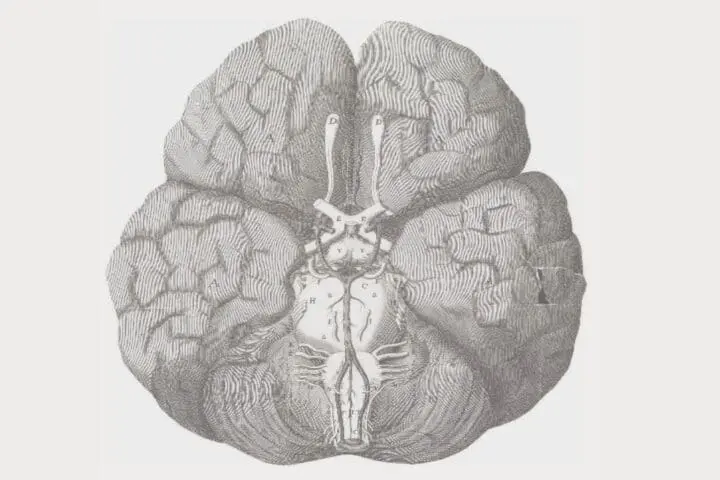
Investigation: Neuroscience & Architecture

Investigation: Designing for a Changing Climate
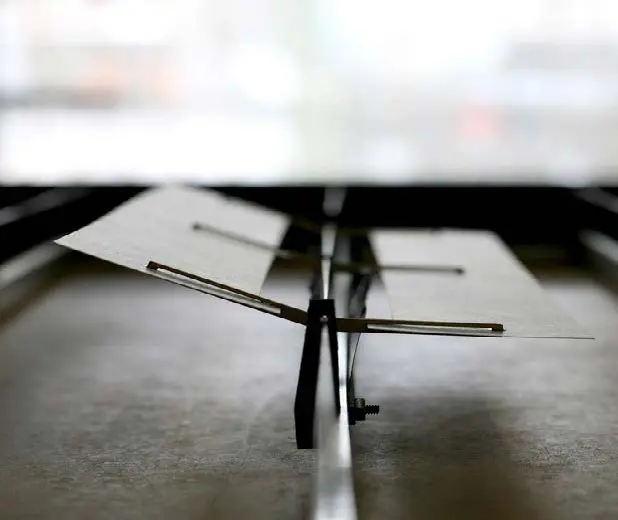
Investigation: Solar Tracking
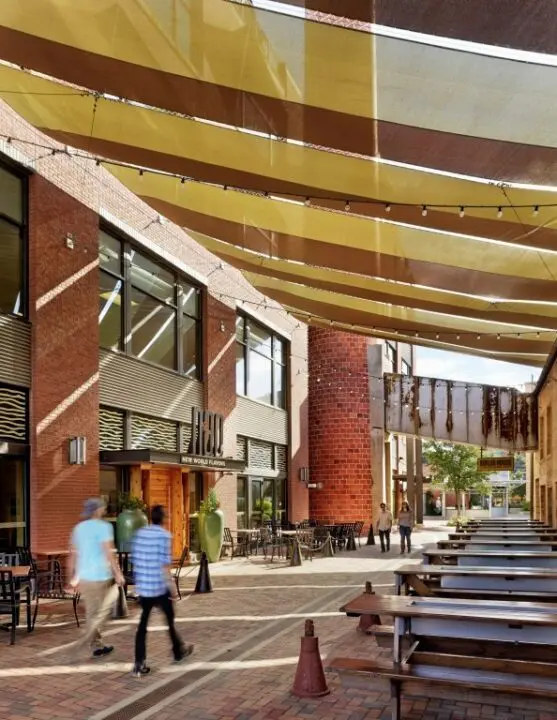
Investigation: Spaces Between

Investigation: Rainwater Cistern Sizing
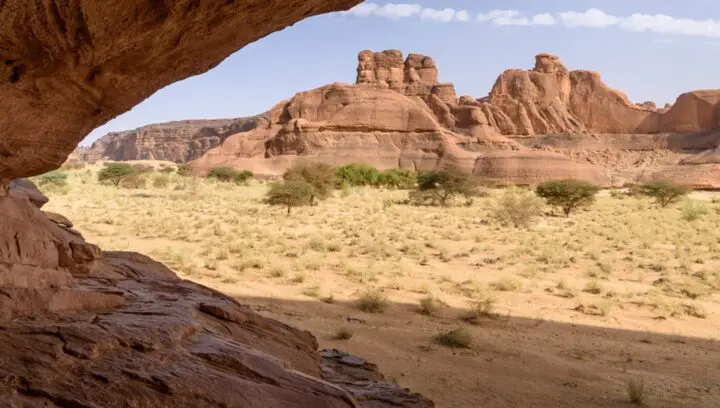
Investigation: Radiant Cooling
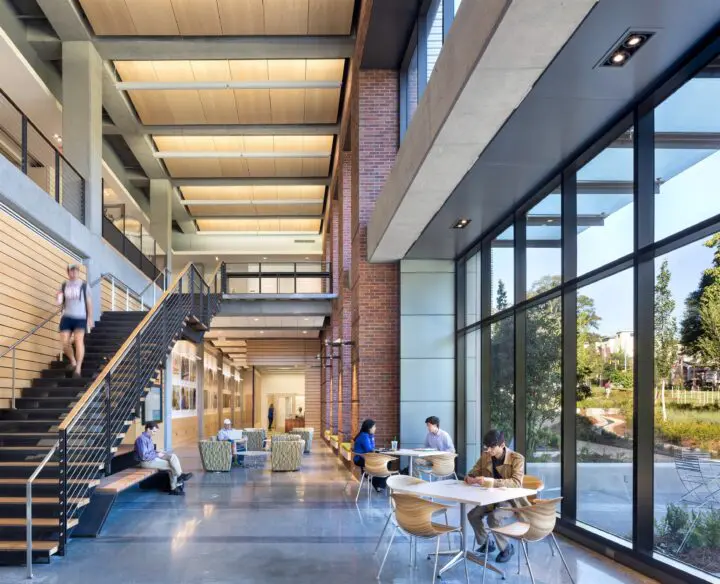
Investigation: Net Zero Waste in Dining Facilities
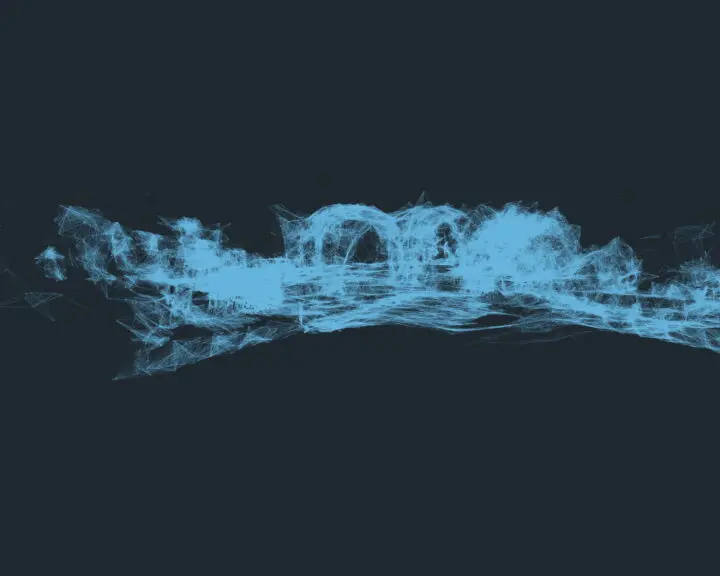
Investigation: Mobile Mapping
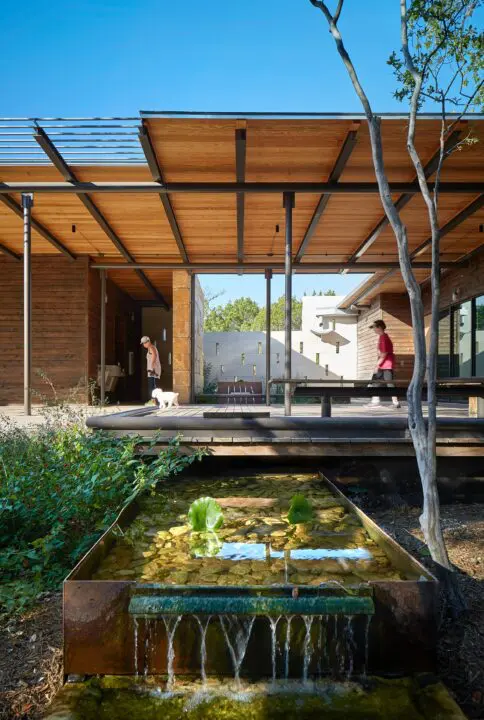
Investigation: Eco-Senior Living

Investigation: Mass Timber End of Life Scenarios
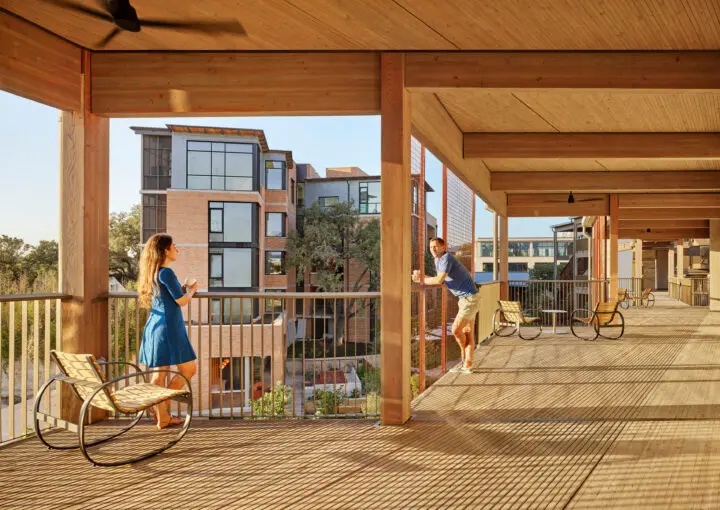
Investigation: Embodied Carbon

Carbon in Soils
What really makes Lake Flato's Investigations unique is that it provides an opportunity for anyone in the office to explore their interests and, in so doing, deepen our understanding of the ever-evolving role the built environment plays in addressing the needs of our society and planet.Tenna Florian
Lake Flato Partner
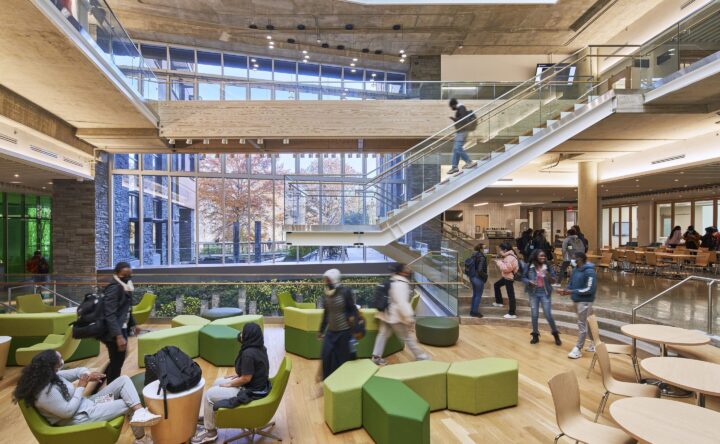
Collaborating with Researchers
Design profoundly shapes environmental outcomes and human behavior. In collaboration with Dr. Erin Hamilton of the University of Wisconsin-Madison, Lake Flato participated in a post-occupancy study comparing two LEED-certified buildings at the Universities at Shady Grove campus to understand how occupants perceive sustainability. The research found that biophilic design—exemplified in the Biomedical Sciences and Engineering Building at the Universities at Shady Grove—heightens environmental awareness, strengthens physical and psychological well-being, and fosters environmentally responsible behaviors. These findings, published in a special issue of Sustainability, underscore the power of visible, sensory design elements to make sustainability not only measurable, but also meaningful and intuitive in daily life.